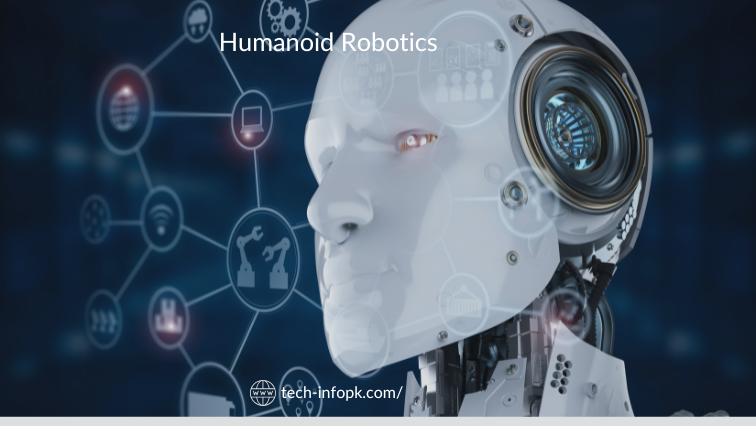In recent years, robotics has emerged as a cornerstone of Nvidia’s meteoric rise, driving its position as a technological leader in artificial intelligence and computing innovation. The announcement of Nvidia’s GR00T humanoid robotics platform in March of last year marked a significant milestone in the field of robotics. It brought together a consortium of industry-leading humanoid robotics companies, including prominent names such as 1X Technologies, Agility Robotics, Aptronics, Boston Dynamics, Figure AI, Fourier Intelligence, Sanctuary AI, and Unitree Robotics. GR00T was celebrated as a pivotal development for humanoid robotics, enabling advancements in efficiency, automation, and practical deployment.
At CES, Nvidia CEO Jensen Huang unveiled another transformative dimension of the GR00T platform—Blueprint. This innovative feature is built around the principle of imitation learning, a sophisticated method for teaching robots to acquire new skills by mimicking human actions. Imitation learning is particularly significant for humanoid robots, as their design and functionality are inherently inspired by human form and behavior, making them ideal candidates for this training approach. The introduction of Blueprint redefines how humanoid robots can be trained to perform complex tasks in real-world settings.
Table of Contents
ToggleUnderstanding Imitation Learning
Imitation learning is an intuitive yet highly effective method for educating robots. The process involves a human performing a specific action or series of actions, which the robot then replicates. This approach is especially impactful for systems designed to automate repetitive tasks in environments such as factories and warehouses, where humanoid robots are beginning to gain a foothold. These robots are tailored to execute predefined actions with precision and consistency, transforming traditional workflows with unparalleled efficiency.
A crucial element in this paradigm is teleoperation, which allows humans to teach robots remotely. By leveraging teleoperation, human actions can be digitized in real time, enabling robots to practice and perfect these actions in simulated environments before applying them in real-world scenarios. This seamless integration of human input and robotic execution enhances the training process, reducing the time and resources required for deployment.
Apple Vision Pro Meets GR00T Blueprint
With the introduction of GR00T Blueprint, Nvidia has taken imitation learning to new heights by incorporating Apple’s cutting-edge Vision Pro technology. This synergy allows users to create digital twins of human actions through the Vision Pro, capturing them in precise detail. The digital twin serves as a template for robots to repeatedly execute the action within a simulation, ensuring accuracy and consistency. This process bridges the gap between human expertise and robotic performance, making the adoption of humanoid robots more accessible and impactful across industries.
Blueprint represents a leap forward in robotics training, offering unmatched precision and scalability. By digitizing human actions in high-fidelity simulations, Nvidia empowers humanoid robots to adapt to a diverse range of tasks, from assembly line operations to complex logistical challenges. This capability is instrumental in deploying robots in sectors such as manufacturing, logistics, and even healthcare, where precision and adaptability are paramount.
Transforming the Future of Robotics
Nvidia’s GR00T Blueprint, powered by Vision Pro, exemplifies the company’s commitment to pushing the boundaries of artificial intelligence and robotics. This integration not only enhances the capabilities of humanoid robots but also sets the stage for their widespread adoption. By focusing on intuitive training methodologies like imitation learning and leveraging advanced technologies such as digital twins, Nvidia is driving the next wave of innovation in the robotics industry.
As humanoid robots become increasingly prevalent in industrial and commercial applications, tools like GR00T Blueprint will play a critical role in their success. Nvidia’s forward-thinking approach ensures that these robots are not just machines but intelligent systems capable of learning and evolving alongside human counterparts.

Conclusion
Nvidia’s unveiling of GR00T Blueprint at CES represents a monumental step in the evolution of humanoid robotics. By combining imitation learning with the immersive capabilities of Apple Vision Pro, Nvidia is enabling robots to seamlessly mimic human actions with unmatched precision and efficiency. This groundbreaking approach is poised to revolutionize industries reliant on automation, from manufacturing to logistics, and beyond.
The adoption of teleoperation and digital twins through Vision Pro empowers robots to perform complex tasks with unparalleled accuracy, bridging the gap between human expertise and robotic execution. As Nvidia continues to innovate, GR00T Blueprint will undoubtedly serve as a catalyst for transforming the robotics landscape, solidifying Nvidia’s role as a trailblazer in artificial intelligence and robotics. This strategic alignment of cutting-edge technologies reaffirms Nvidia’s dedication to shaping the future of automation, ensuring that humanoid robots are not only smarter but also more adaptable to the dynamic demands of modern industries.





